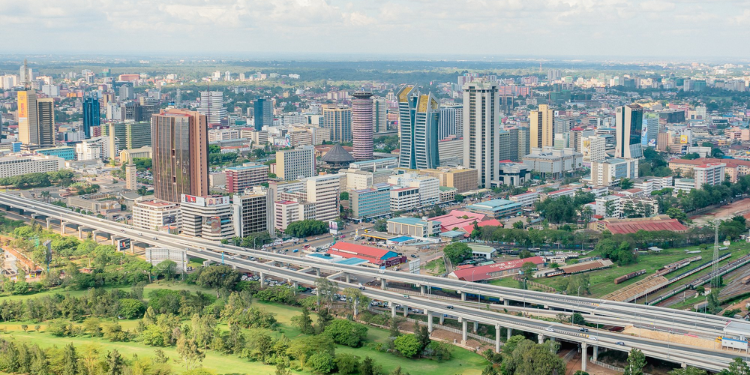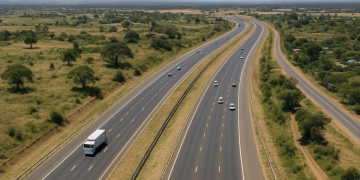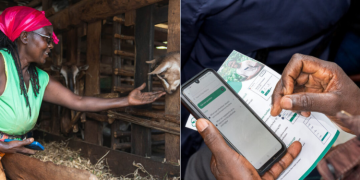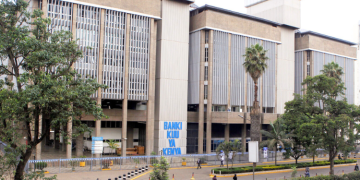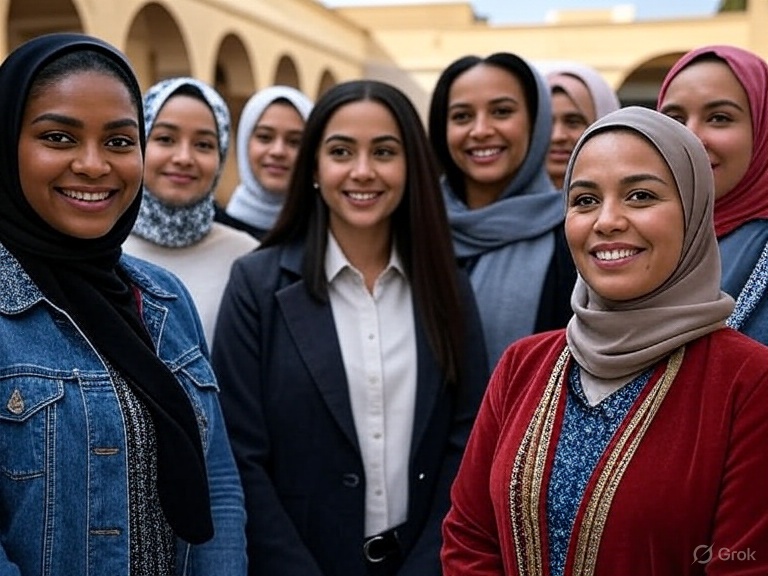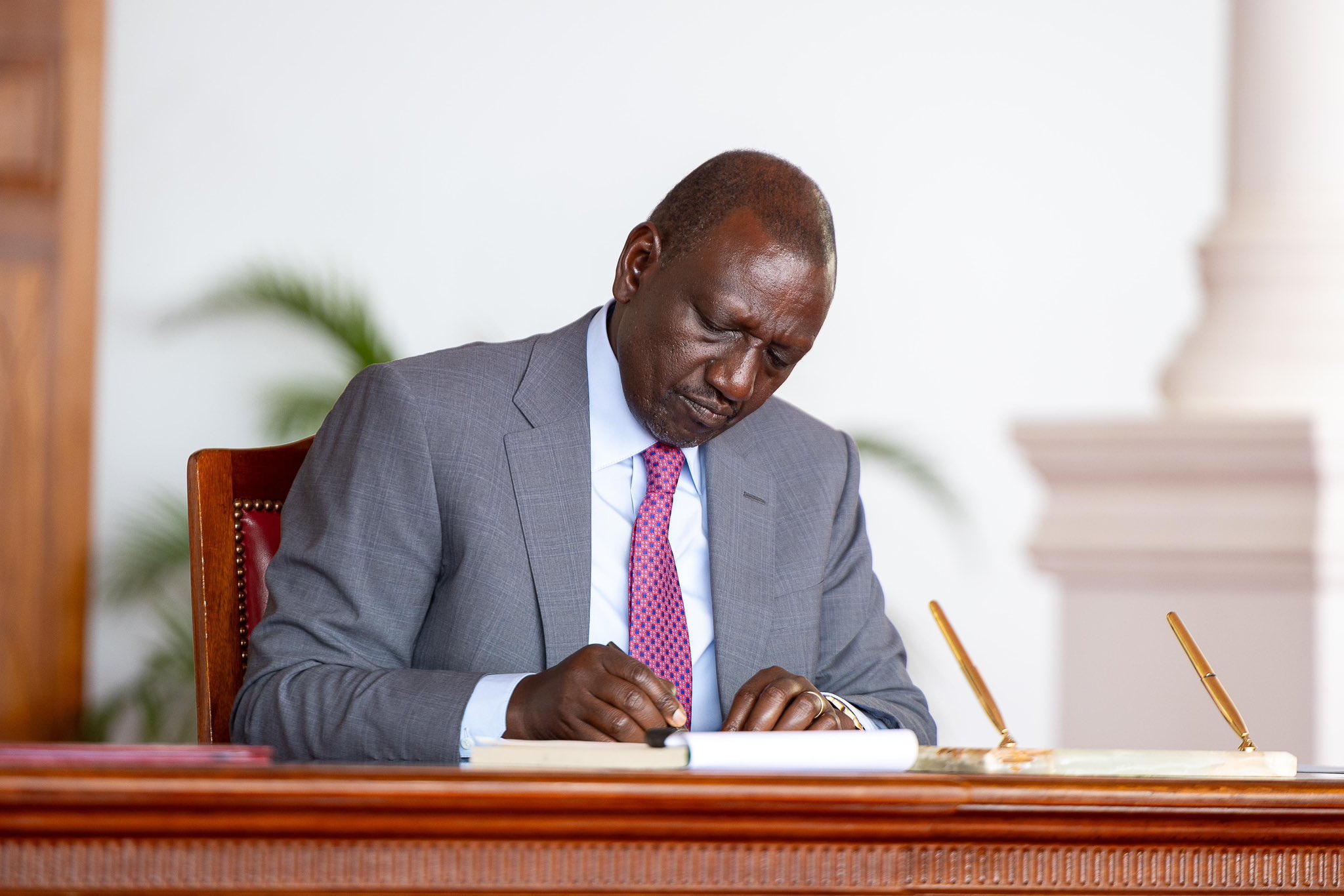Chief Executive Officers (CEOs) in Kenya’s 10 largest companies earned, on average, 214 times more than teachers between 2023 and 2024, a new report has established.
According to the Oxfam Kenya report, the average pay increase for these CEOs is equal to six years of a teacher’s salary.
“A CEO in the ten biggest companies earns on average 214 times more than a teacher,” read part of the report.
“The average increase in pay for CEOs in the top ten listed companies between 2023 and 2024 is equivalent to six years’ pay for a teacher in a public school.”
Kenyan CEOs and the Wealthy Widen Economic Gaps
Further, the report revealed that the richest 125 individuals in Kenya have more wealth than 77% of the population, which amounts to about 42.6 million people.
Between 2019 and 2023, the richest 1% captured nearly two-fifths of all new wealth created, more than the bottom 90% combined, and 13 times more than the bottom 50%.
During the same period, the wealth of the richest (1%) grew nearly twice as fast as that of the bottom 99%.
Since 2019, the average net wealth of the richest 1% has increased by 22%, while the average wealth of the bottom 50% has fallen by 4%.
Also Read: Nairobi Satellite Areas Where Land Prices Have Increased; Report
Currently, the richest 1% of Kenyans own 78% of the country’s total financial wealth.
Since 2015, the number of people living in extreme poverty has risen by 7 million, a 37% increase.
According to the report, if the wealth held by Kenya’s richest 125 people were converted into 100-shilling notes, it would almost cover the entirety of Nairobi County.
“If the wealth held by the richest 125 Kenyans were converted to 100 shillings notes, it would be enough to cover almost the entirety of Nairobi County,” read part of the report.
Meanwhile, between 2014 and 2024, the share of Kenyans facing food insecurity increased by 71%.
Also Read: New World Report Reveals Top Threats for Kenyan Businesses in 2026
Women in Kenya Struggle Amid Growing Wealth
Women in Kenya, especially those living in poverty, rural areas, and arid and semi-arid lands (ASALs), are among the most affected by the country’s widening wealth inequality.
“Women in all their diversity are also the most affected by Kenya’s widening inequality, especially those living in poverty or in rural areas, and arid and semi-arid lands (ASALs),” read the report.
The report stated that asset ownership in male-headed households is three times higher than in female-headed households.
On average, women earn only Ksh65 for every Ksh100 men earn, and they are five times more likely to perform unpaid work.
Employment prospects also differ sharply, with a woman from a household in the poorest 20% having a one-in-two chance of being unemployed, compared to one in five for a man from the richest 20%.
Legal ownership of agricultural land is also limited, with only 13% of women holding land rights. Among the poorest 20% of households, this drops to just 4%, compared to 33% among the richest 20%.
Follow our WhatsApp Channel and X Account for real-time news updates.
